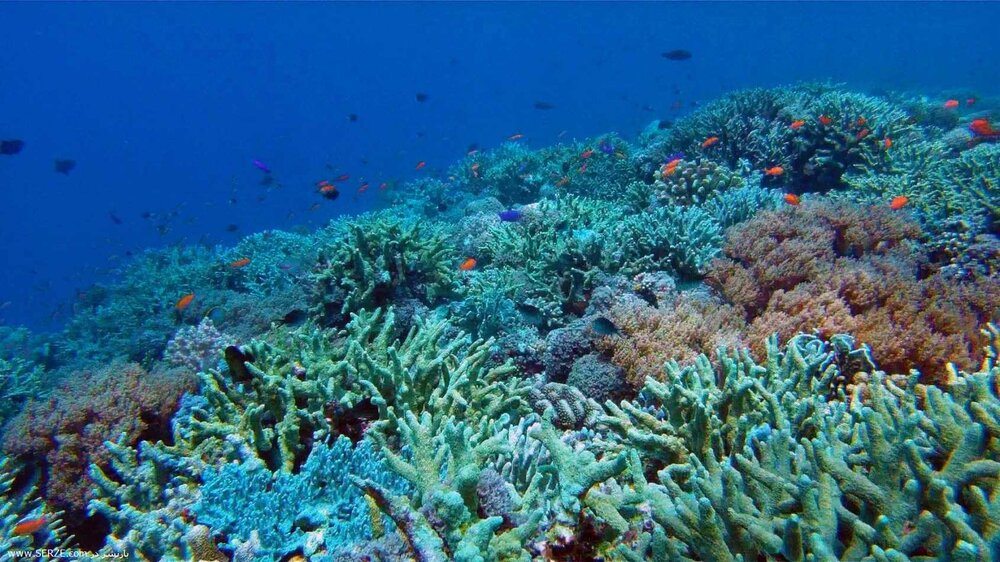Half of corals survived bleaching in Chabahar Port

TEHRAN — Based on the latest field operation carried out by Chabahar Oceanography Center in southeastern Chabahar Port, half of the coals which have turned completely white survived the bleaching event, ISNA news agency reported on Tuesday.
According to the results of the abovementioned field operation nearly 43.8 percent of the corals bleached in Chabahar Port mostly species of staghorn coral and cauliflower coral survived bleaching.
Last summer a vast bleaching event occurred in the area, the report highlighted.
Since the Iranian calendar year of 1383 (March 2004-March 2005) the Iranian National Institute for Oceanography Atmospheric Science has been preparing annual reports on the state of coral reefs in the country, sharing the reports with the Global Coral Reef Monitoring Network (GCRMN).
Warmer water temperatures can result in coral bleaching. When water is too warm, corals will expel the algae (zooxanthellae) living in their tissues causing the coral to turn completely white. This is called coral bleaching. When a coral bleaches, it is not dead. Corals can survive a bleaching event, but they are under more stress and are subject to mortality.
According to the U.S. National Oceanic and Atmospheric Administration, climate change and ocean acidification can result in mass coral bleaching events, increased susceptibility to disease, slower growth and reproductive rates, and degraded reef structure.
There are no quick fixes when it comes to a changing climate. In the long term, coral reefs around the world will benefit the most from the reduction of greenhouse gases. In the short term, we can improve coral reef resilience by addressing local stressors, like runoff from land-based sources of pollution and overharvesting of fish.
MQ/MG
Leave a Comment